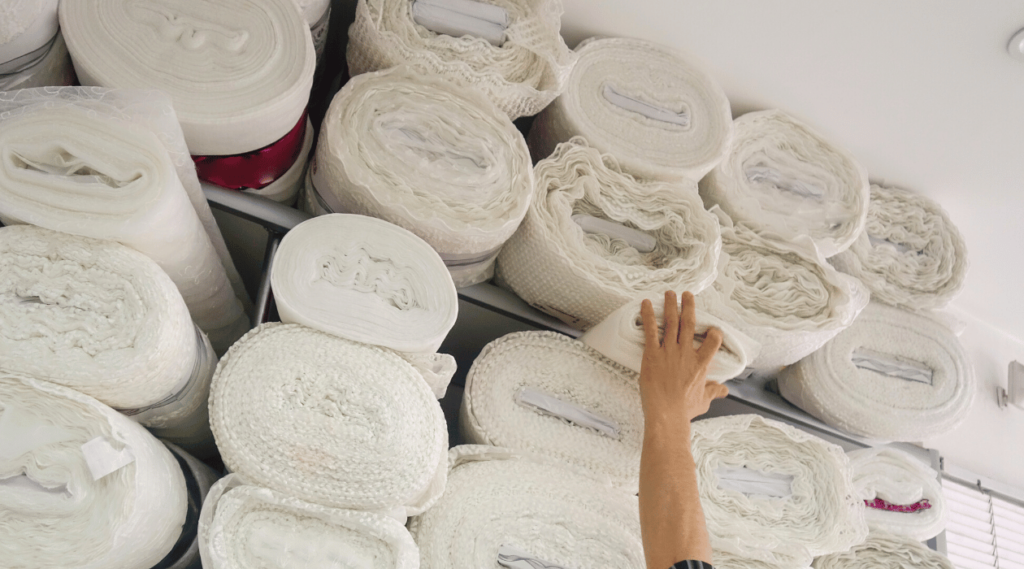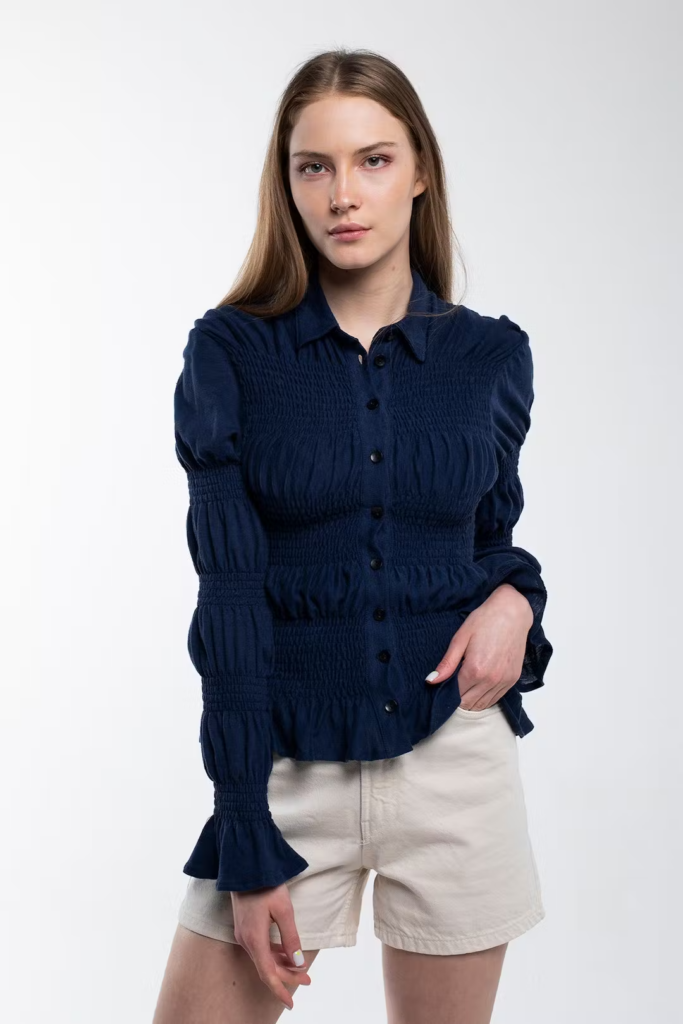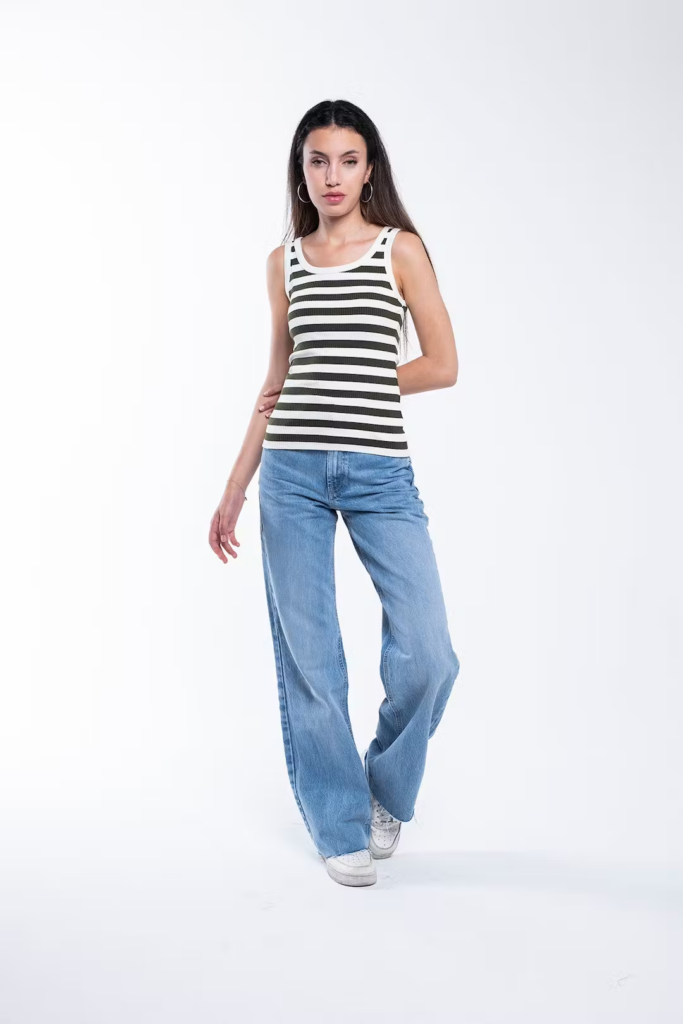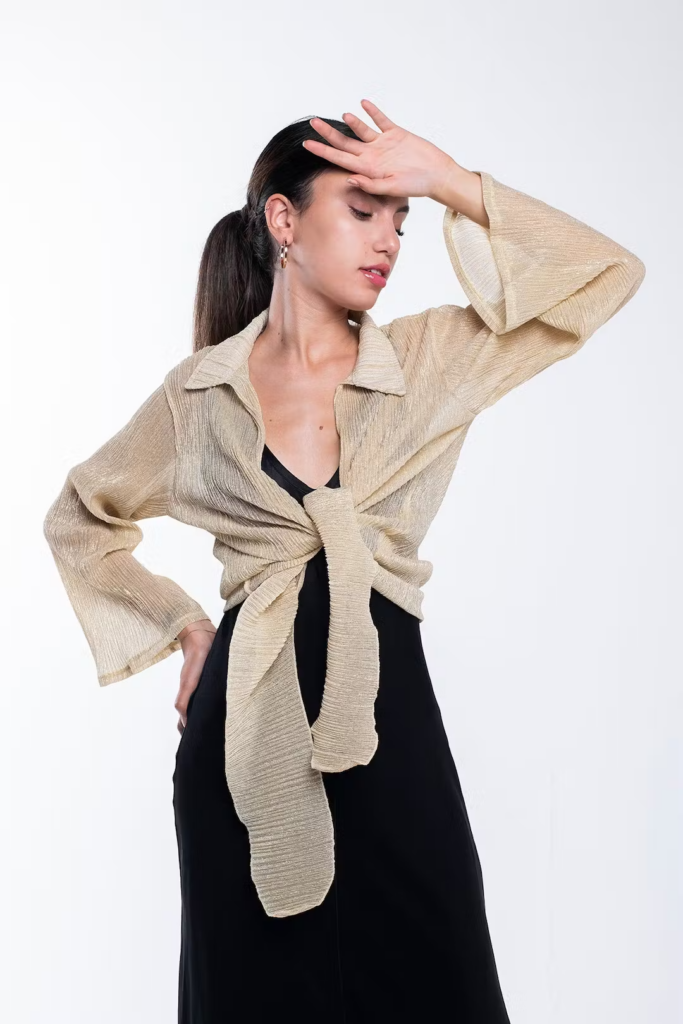The fashion industry is responsible for a staggering amount of global greenhouse gas emissions. Bee & Alpaca want to prove that it can be better. Whether that’s by reducing impact at each stage of their garments’ lifecycle or encouraging customers to choose well and buy less, they’re serious about doing the right thing.
On a mission to seamlessly marry sustainable practices with great style, Bee & Alpaca open up to Veo about their brand story, the importance of limited design and re-imagining broken waste-based systems for the better.
What is the inspiration and story behind the creation of your brand?
Our founder had no idea how much waste the fashion industry is responsible for until he walked through a textile factory and saw whole rolls of fabric discarded due to minor imperfections, small colour issues etc. Alongside harming the environment, the situation seemed unfair to the suppliers who created the material, only to end up with nothing but mounting waste. He started to research possible solutions, and that was the first time he came across the term ‘deadstock’ or even thought about starting a fashion company.
Around the same time as the team was imaging the brand, the global pandemic hit. We saw how these factories were struggling under cancelled orders and waste management, so it made sense to launch Bee & Alpaca as soon as possible to help both the manufacturers and the environment. Despite personal and global struggles during such a difficult time, we managed to help others and create something beautiful.
Even now, many of these factories are still struggling with their recycling capacity and waste management, so we continue to have a positive impact.
How does your brand mission align with current cultural movements and societal needs?

Fashion desperately needs innovative solutions to its wasteful practices. On a global level, it’s estimated that 15% of global fabric production is discarded as deadstock (dezwijger.nl). By turning this discarded fabric into something beautiful and unique, we can work towards a circular fashion industry where waste is cut out completely!
At the same time, consumers are becoming more environmentally aware of overconsumption, with 97% of consumers saying they want to be more sustainable (Kantar). Social media and fast fashion have trapped consumers into wearing the same styles to be ‘on trend’, but more and more of us are tiring of the trend cycle and looking for an ethical alternative. Limited collections can offer shoppers a unique design at a similar price to fast fashion whilst still being sustainable – which is excellent news for deadstock brands like ours, where smaller collections can be a natural outcome of working with existing fabrics.
Of course, we know that realistically we can’t fix all of fast fashion’s issues – our goal is to save as much fabric from landfill as possible and work towards sustainability in all other aspects of the business.
Have your brand mission and values evolved at all since you first launched?
In broad terms, no – since launching last year, our mission and values have constantly been at the front of our minds when making decisions for the brand, and we’ve received a lot of positive feedback on our ethical ethos. From the beginning, we’ve focused on reimagining deadstock – taking one of the industry’s worst-kept secrets and turning it into something not only functional but beautiful. We’re proud of our hard work, but as the industry (hopefully) becomes more sustainable in the future, we’re prepared to grow and change our mission to reflect the changing landscape.
Have there been any defining moments or turning points in your brand’s journey so far?
Launching the brand last year was a steep learning curve, and we’ve loved every minute! Highlights include announcing our first collection, beginning to expand to the US and creating our biggest release to date – which was still only a few hundred items.
Recently, we’ve switched focus from just marketing direct to consumer and started exploring B2B, showcasing at trade shows like Just Around the Corner. Who knows where else this year will take us!
Could you share any testimonials, features or recognition that particularly showcase your brand and its impact?
We’re excited to be featured in the ethical blog Curiously Conscious’ list under Affordable Sustainable Fashion Brands. The website is run by sustainable and ethical influencer Besma (@besmacc), one of the most prominent voices in the UK’s sustainable fashion space – which is why a recommendation from her meant so much!
We’ve also worked closely with Lydia Cooke (@lydia_cooke), a sustainable influencer and freelance model who embodies the brand’s values and aesthetic. Speaking to her Instagram community, she praised Bee & Alpaca’s ethos: “obsessed with the mission of this awesome brand.” Her followers seemed to agree that the partnership is perfect, with one commenting in a tagged post, “(@_r_mcgrath): I love that you posted a sustainable upcycle clothes brand that’s actually affordable and similar prices to fast fashion brands too!!! 👏”
Additionally, within months of launching, we were featured in Fashion United, and we received a lot of positive feedback for our honest answers from our co-founder Deniz about the business’s ethos and practices.
As you’re featured on Veo, we know that you’re an ethical and 100% vegan-friendly business. Could you expand more upon the sustainable practices and initiatives you prioritise and implement?



Alongside using deadstock fabric, we aim to be as sustainable as possible throughout the rest of the business. We reduce waste in our design process as much as possible by: restricting samples to a single prototype of one colour and size with minimal revisions; using direct print technology where possible to minimise water waste compared to traditional dyeing methods; offsetting 100% of our emissions via carbon certificates.
We do not believe in mass production or trend cycles at Bee & Alpaca. Our clothes are designed to be as unique, timeless and ‘seasonless’ as possible to ensure maximum wear and longevity. We also encourage our customers to use what they have whenever possible, reminding them that the most sustainable garment is the one they already own.
Outside of our design process, our sustainability efforts include cutting back on unnecessary packaging and utilising biodegradable shipping bags and recyclable tags/labels to cut down on waste. We also promise to plant a tree for every order we ship, helping our customers do their part to combat climate change.
We are committed to being as transparent as possible with our customers, encouraging them to learn more about our sustainability commitments and engage in an open conversation about what we can all do to help the environment. This includes sharing information about our packaging, design process, emissions, and suppliers.
We also use our blog to educate our customers about different sustainability topics, such as a circular fashion economy and fashion’s water waste problem.
Have you faced any challenges or obstacles in becoming sustainable and if so, how did you overcome them?
When we first imagined the brand, we discussed whether or not the business would use only organic fabric deadstock, because fabrics like Polyester are seen as a no-no in the sustainable fashion industry. Initially we thought yes, but quickly realised that the fabric we snubbed would end up in a landfill, which was much more likely to harm the environment than if we upcycled it. We were determined to save as much fabric as possible, so we decided that we wouldn’t choose fabric based on traditional labels like ‘sustainable’ or ‘not sustainable’ – if it could be saved and reworked, then we wanted it. Thus our slogan, “No fabric is more sustainable than that already produced,” was born.
How do you plan to improve upon your sustainability and evolve the brand story in the future?
As we keep growing and learning as a brand, we hope to imagine more and more ways to fix fashion’s waste problem and bring our community on this journey with us. We’re constantly listening to what our customers want, not only for valuable feedback but also to predict stock levels and cut down on unnecessary waste – we’ll continue to work on this as the business expands.
We want to remain as transparent as possible with our community, so we’d love to bring out an impact report in our first few years to help measure and improve our impact. Although there are no concrete plans right now, we have our sights set on eventually becoming B-Corp certified.
You can explore the full Bee & Alpaca collection at Veo and uncover for yourself the best of sustainability meets contemporary style.